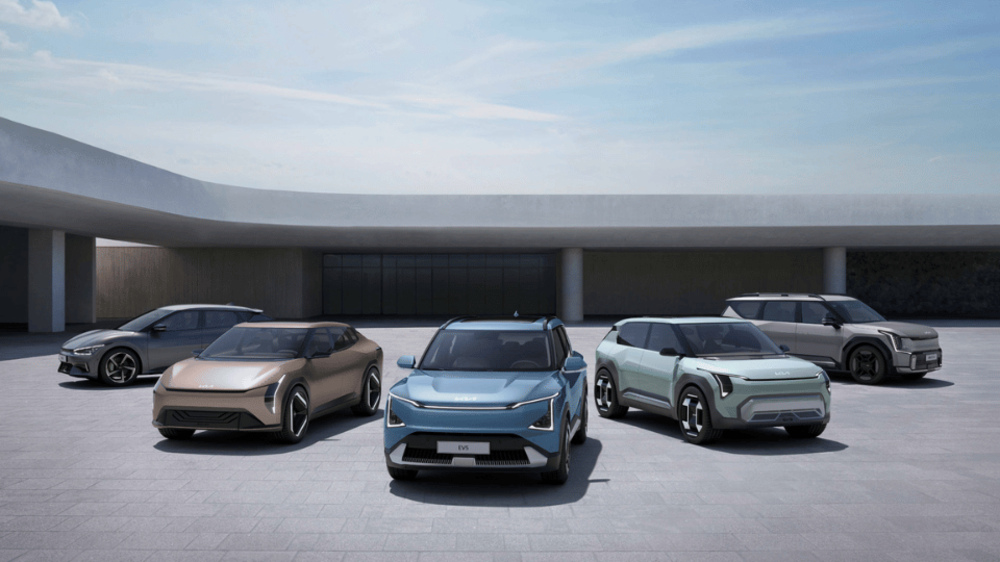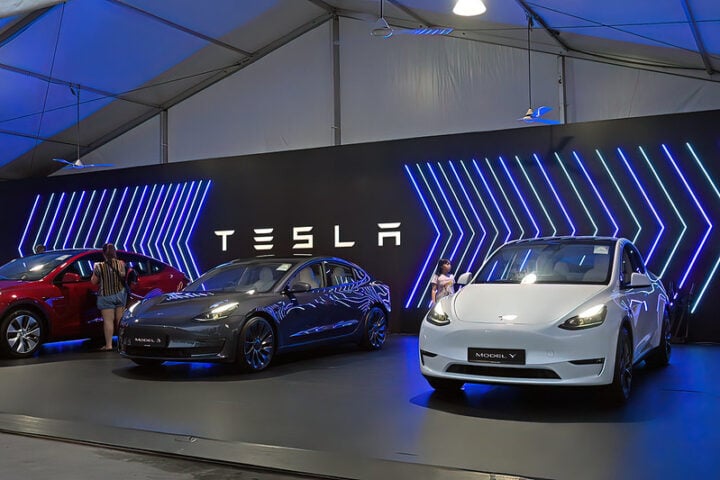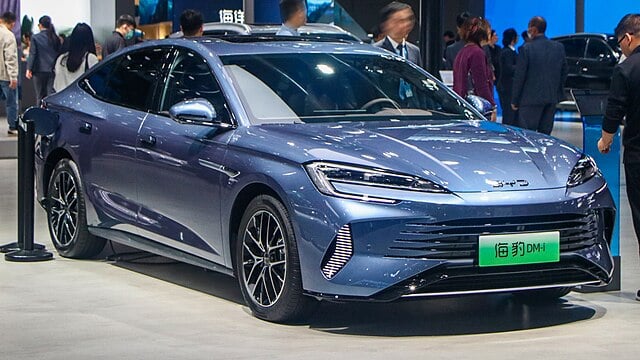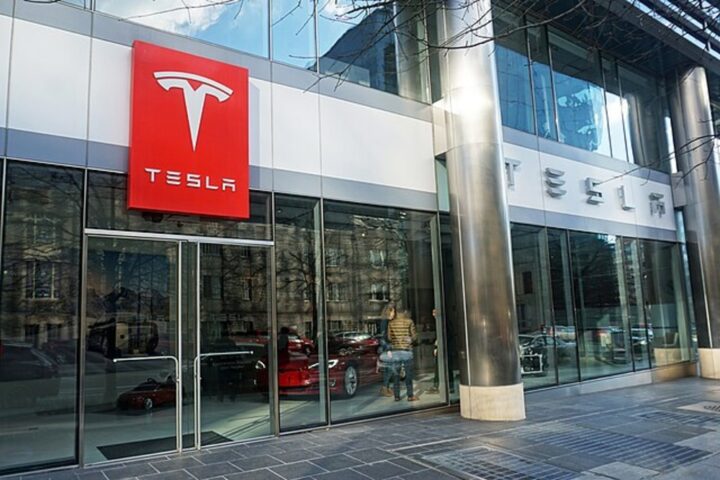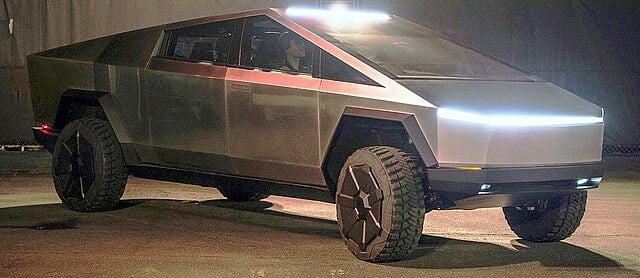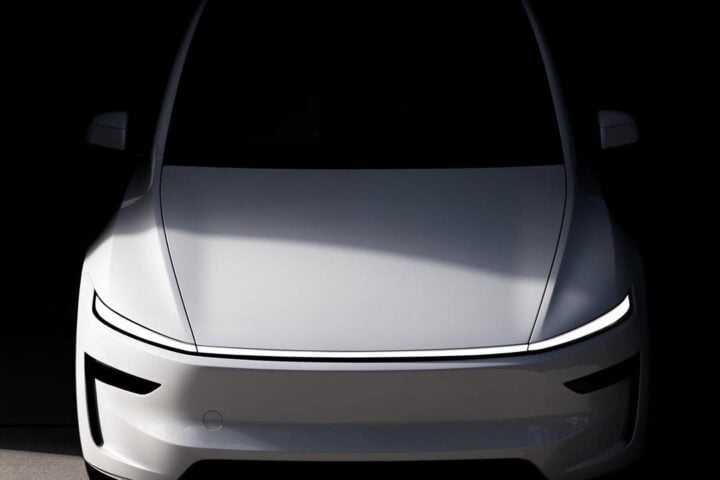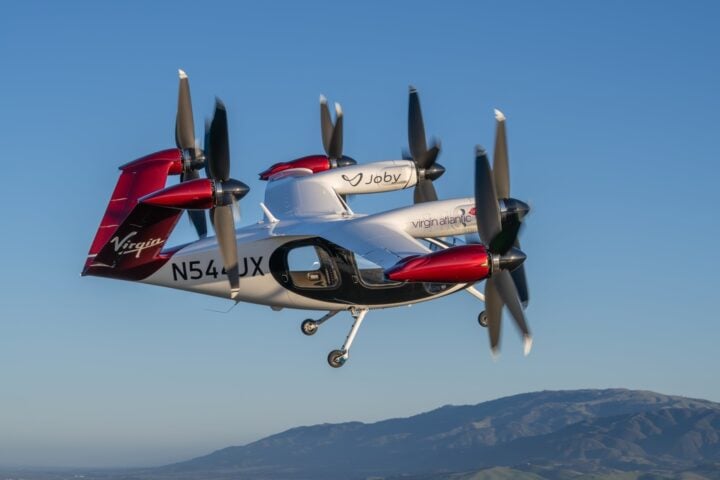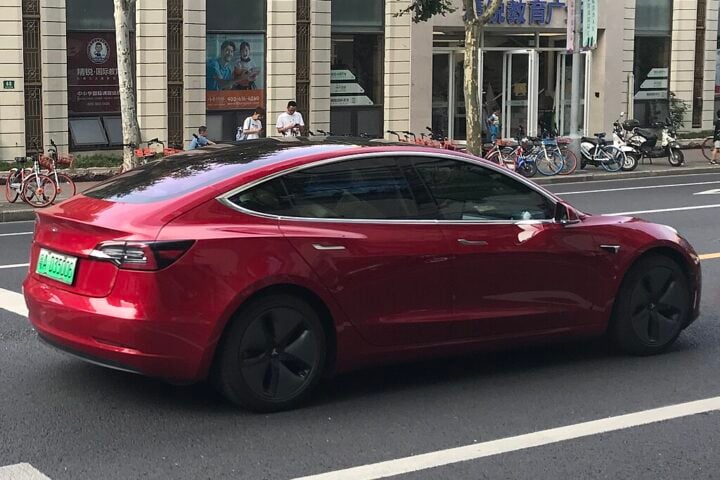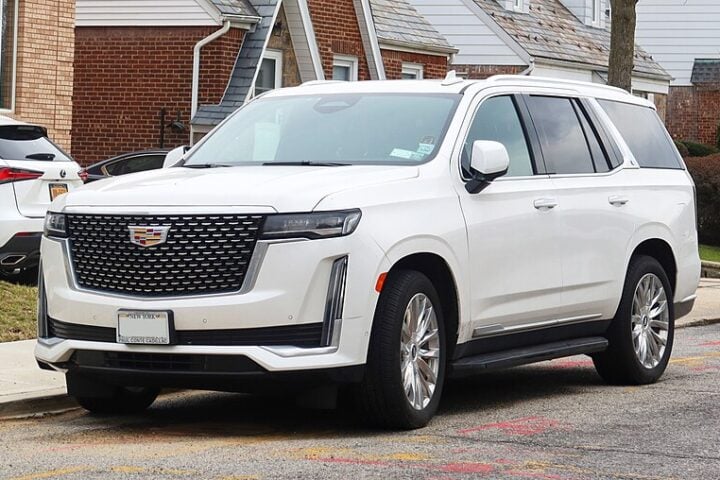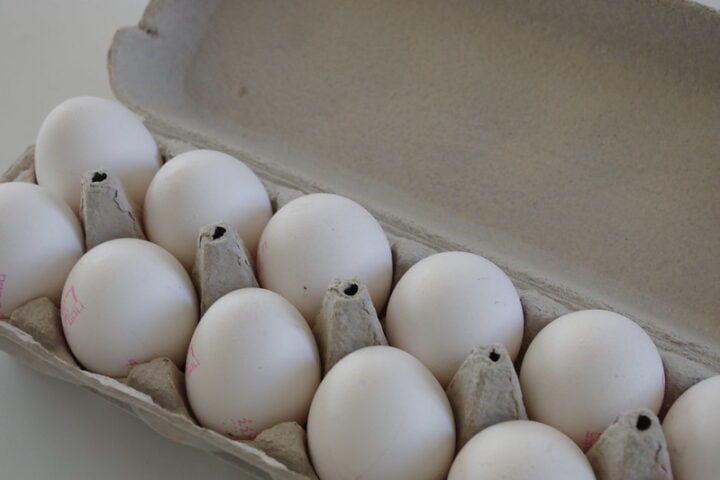Japan Airlines (JAL) is steering into the future of aviation, embracing hydrogen-electric propulsion. The airline, with its maintenance arm JAL Engineering Co. (JALEC), is aligning with three trailblazing startups: H2Fly, Universal Hydrogen, and ZeroAvia. Their goal? Retrofitting regional aircraft with zero-emission powertrains.
Into the specifics. H2Fly, based in Stuttgart, Germany, has made strides with its HY4 testbed aircraft, the first to fly on liquid hydrogen. Collaborating with Deutsche Aircraft, they’re eyeing a 2025 flight for a 40-seat D328 turboprop, revamped with hydrogen-electric propulsion.
Universal Hydrogen (UH2), meanwhile, is advancing with a Dash 8-300 testbed, substituting one turboprop with a megawatt-class hydrogen-electric powertrain. Their sights are set on an ATR 72 regional turboprop conversion, aiming for a 2026 commercial launch. UH2 is also developing a unique hydrogen-supply system using modular canisters, seamlessly integrated into aircraft. Their joint study with JAL, initiated in March, focuses on green hydrogen supply logistics in Japan.
Now, onto ZeroAvia. They’ve successfully tested a 19-seat Dornier 228, replacing a turboprop with a fuel-cell powertrain. Their next big thing? The ZA2000 powertrain, targeting 40-90-seat regional turboprops, with a 2027 service entry plan.
JAL’s partnership with these companies is a strategic move. They’re not just providing input on technical design and development but also diving deep into Japan’s hydrogen value chain. This collaboration is a balancing act between innovation and practicality, ensuring reliability and maintainability in regional operations.
Similar Posts
H2Fly’s vision encompasses a future where 40-passenger aircraft can cover 2,000 kilometers on hydrogen power. Universal Hydrogen’s strategy involves a flexible, scalable approach, leveraging modular capsules for hydrogen transport. And ZeroAvia? They’re ambitiously aiming for a 300-mile range in smaller aircraft by 2025, expanding to 700 miles in larger models by 2027.
JAL’s commitment to net-zero CO2 emissions by 2050 is the driving force here. By engaging with these diverse partners, each with unique strengths, JAL is contributing to the dawn of zero-emission commercial flights. This venture is more than a technical challenge; it’s about ensuring safety, economic viability, and sustainable aviation in the long run.


